Type 1 Diabetes and Ultra Endurance Sport – Why I take Lantus in the Morning instead of the Evening
All material on this website is provided for your information only and may not be construed as medical advice or instruction. No action or inaction should be taken based solely on the contents of this information; instead, readers should consult appropriate health professionals on any matter relating to their health and well-being.
I know that many of my readers are probably using an insulin pump – but globally, only 1 in 1000 people use a pump. Statistics for the UK show that only 6% of adults were using an insulin pump in 20131. Therefore, I believe that discussing Lantus and MDI (Multiple Daily Injections) still has a lot of relevance.
Oddly, Lantus is only FDA approved for evening injections – and the timing of injections is what I want to discuss in this post. In my experimentation, I found that I have the best glycemic control when taking Lantus first thing in the morning, or when splitting the dose. The hardest to control was actually when I was using the evening regime!
I’ve experimented with 3 dosing schedules for Lantus – Evening, split dose (morning and evening), and finally the one I have settled with: Morning only. I believe that morning dosing makes much more sense for me due to highly variable activity levels and schedules. I think the split dose would also be very good – but I find it a little harder to be consistent in terms of timing.
Why would I take Lantus in the morning?
- Occasionally, a Lantus injection can be botched2. I believe it is much better to get a potentially dangerous surprise during the day when you can correct with glucose tablets than to find yourself shaking and sweating with your heart pounding at night.
- For most people, Lantus lasts between 18 and 24 hours. For me, it seems to work about 21 hours. When I was taking it in the evening, I would find myself having to inject Novolog or Humalog to cover those 3 hours before my next injection. The time of the day that you need the least insulin (assuming you don’t have the dawn phenomenon3) is first thing in the morning when you’ve been fasting since the previous night’s dinner. Therefore, it makes sense to have your insulin level slightly reduced at that time of day. For me, the insulin is wearing off as I’m entering the latest hours of my post-dinner fast.
- As an athlete, my insulin needs can vary dramatically from day to day. For example, some days, I’ll ride my bike for 21 hours4. Other days, I may be resting and recovering from such efforts. During that time I can need a lot more insulin. Rather than try and predict the level of activity the night before the upcoming day, I like to measure my morning blood glucose, using it to make an evaluation on the previous day’s dosage, and then try and make an estimate of what kind of exercise I’ll be doing that same day. I’ll often combine information from the previous day with my upcoming day to try and make an educated guess about how much Lantus I need. As a rough estimate, I’ll use 24-30U Lantus when I’ve been working in front of the computer (i.e. not exercising) for consecutive days. I’ll use 12-15U when I’m exercising at endurance pace for between 2-3 hours in one day and eating the Dr. Bernstein Diet of 30g carb per day. This same dosage seems to also work well for more moderately intense rides that last 1-2 hours. I’ll reduce to 7-9U if I’m doing all-day bike riding at an easy pace and eating low carb. I’ll reduce to 1-4U if I’m fasting (or fast mimicking) for consecutive days.
- For some people, Lantus has a micro-peak after 6 hours. Since I usually inject around 6-7am, this means that for me, the micro peak occurs around 12-1pm – just in time for lunch to help out with lunch dosing. I find that it is much better to have the micro peak happening during a typical feeding time instead of during the night when I’m asleep causing an uncomfortable low. Although I have rarely noticed the micro peak, this is another argument that stacks the cards in favor of the morning dose.
Making the Switch
Transitioning between dosage regimes is quite challenging, and a bit of impatience led me to do it too quickly with bad results. For example, in switching from morning to night, I should have followed a schedule that went like this (assuming I was on a steady 15U per day):
Day 1: 0U AM, 15U PM
Day 2: 1U AM, 14U PM
Day 3: 2U AM, 13U PM
Day 4: 3U AM, 12U PM….
You get the idea. This would have taken 16 days to get the full switch – but I did it in about 6 days (and suffered the consequences of unpredictable hypoglycemia on some bike rides). The problem with changing too quickly is that you get insulin stacking – which means you have two injections overlapping at the same time. It is ill advised to try and switch from PM dosing to AM dosing any faster than the schedule above – and I’m not advising anything. Remember, this page is not medical advice as stated above; I’m just recounting my own experience – readers should consult appropriate health professionals on any matter relating to their health and well-being.
Why not just use a pump?
One advantage of an insulin pump is that you can fine tune your basal insulin throughout the day. Theoretically, this can lead to improved glycemic control. The pump should really help athletes and people who jump between big exercise days and rest days. I’ve written a post about this topic which I will publish soon.
References & Footnotes
- Insulin Pumps, Diabetes.co.uk https://www.diabetes.co.uk/insulin/Insulin-pumps.html
Rapid Absorption after injecting Lantus By SB_Krista, 2016 https://www.diabetesforums.com/forums/topic/78516-rapid-absorption-after-injecting-lantus/- Dawn phenomenon From Wikipedia, the free encyclopedia https://en.wikipedia.org/wiki/Dawn_phenomenon
- 06/23/2017 GDMBR Last Day! by Brian Lucido, 2017 https://www.strava.com/activities/1051923353
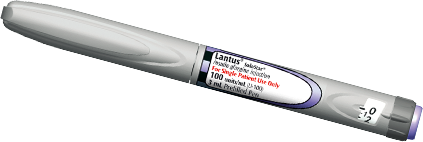























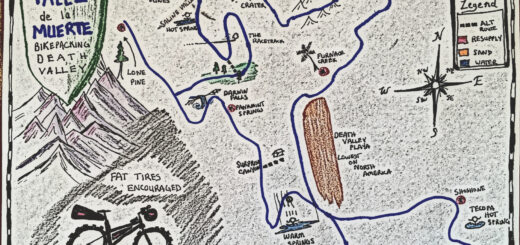

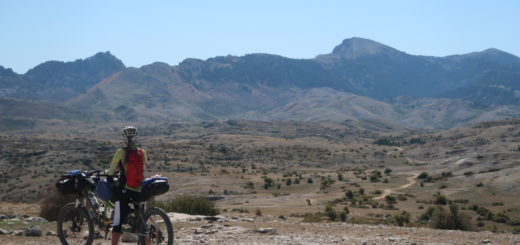

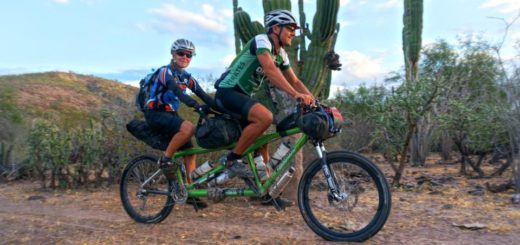
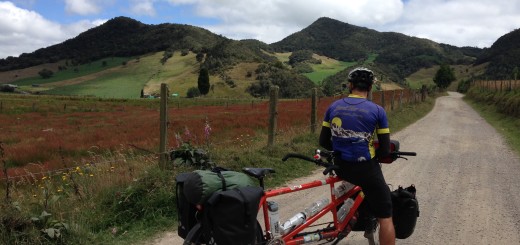
So much good information here! I have read two of your articles this morning that both reference “Why not just use a pump”. I suspect you are working on the article because neither of the two links work. As an Omnipod, Dexcom user I am very curious about this question. I have had both technologies fail me at inoportune times, which I suspect is the reason. I plan on doing the Tour Divide in 2021 assuming borders are open. I am curious why MDI is the way you decided to go, and also I am very appreciative of the information here. Thank you!
Hi Jim – Here is what I wrote you on Facebook Messenger with regard to those two items (I’m deleting out the rest of the conversation): “Yeah, i have concerns about pumps, but if you have enough syringes with you, they can be backups. I used pens and am normally very strict with keeping glucose between 70 and 100. But I let it slide for the divide ?
I also removed my Dexcom for the race. They used my info for some PR stuff, but had to carefully word it because technically, I wasn’t using it during the race! The Dexcom was just added complexity which I didn’t need. And it interrupts sleep.” If the rest of that message didn’t go through, let me know and I’ll send it another way.
I do plan to complete that article, but you are correct: (when you said about yourself: “I have had both technologies fail me at inopportune times”). I don’t trust technology to keep me safe and alive under these circumstances. Surely I lose time by stopping to check and inject, but to have even a slight overdose of insulin while riding like that could easily be fatal. My insulin sensitivity skyrocketed during the first week of the race, so small amounts of insulin would cause big moves on the meter. Oddly, as I entered the second week, insulin resistance did start to increase.
The highest insulin resistance I’ve had in my life occurred during the month after I completed the race!
As you can see, dosing insulin when you’re exercising so much and putting such a strain on your body is highly dynamic. The only way I could imagine getting close to right is to do it manually.
I do plan to finish the article when I get some time.
Hopefully you will get a chance to ride the divide in 2021 and the borders will be open! It is a great route and lots of fun. It is great that you are planning early.
Brian, thank you for your patience and detailed answers to my questions. I looked at Messenger and just then realized I had asked you some questions for a second time. I’m just nervous I guess. I am going back to mdi tomorrow, after being on the Omnipod for a couple of years now. I do plan on going low carb but I am not excited to. Mdi is going to take more work and I am hoping it goes well. Thank you for all your help and insight.
I love reading your blog. Thanks for sharing and my hope is for changed healthier lives for all who take their health seriously.